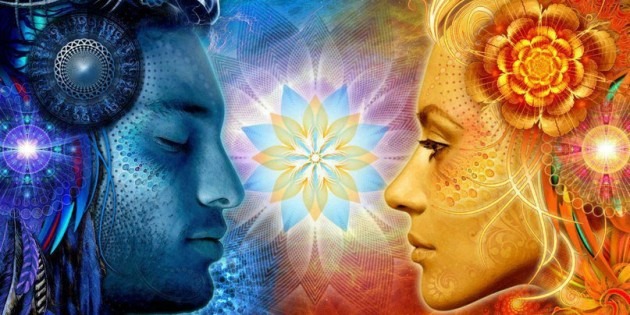The Benefits of Marijuana
This is the story of a plant. A special and unique plant. A plant that human beings, honestly, do not really understand. This organically occurring plant is also known as cannabis, marijuana, mary-jane, fire, trees, weed and it is the most commonly used illegal-drug in the United States. The federal government classifies marijuana as a schedule 1 … Read more









